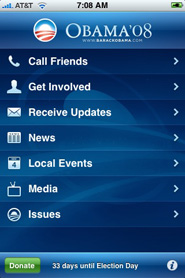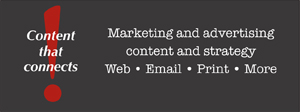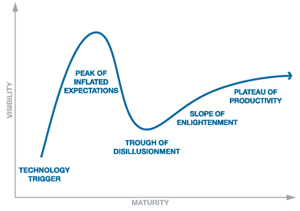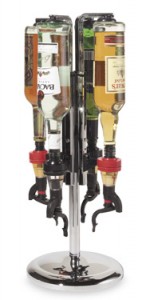 Adam L. Penenberg’s new book, Viral Loop: From Facebook to Twitter, How Today’s Smartest Businesses Grow Themselves, has me thinking that no matter the medium, one too often ignored maxim remains the same: it’s not about you (or your service or product), it’s about them.
Adam L. Penenberg’s new book, Viral Loop: From Facebook to Twitter, How Today’s Smartest Businesses Grow Themselves, has me thinking that no matter the medium, one too often ignored maxim remains the same: it’s not about you (or your service or product), it’s about them.
Penenberg chose to illustrate his definition of a viral loop, where “a company grows because each new user begets more new users,” with lessons from the 2008 presidential campaign. He said the first reason Barack Obama won was his presentation of, “a short, clear positioning statement:”
Unlike Hilary Clinton touting her “experience or John McCain bragging that “I have the record and the scars to prove it,” Obama’s two core messages were “Change” and Yes, we can.” A call to arms, these taglines offered supporters a clear rallying cry, while Clinton’s and McCain’s messages were more nebulous and top-down (that is, elect me because I’m more experienced). Obama’s campaign galvanized its supporters, who in turn virally extended his message.
I would go further and say that Obama’s message had little to do with what he would do and more about what WE could do. He ignited our imaginations simply by including us in the equation. With Clinton and McCain, the request for our participation stopped at giving them our votes. Obama, in contrast, asked us to be in a relationship.
Nothing is more annoying than a sales rep who just wants to make this one sale, and won’t take no for an answer because he or she isn’t listening to our reasons for not buying. Penenberg is right that “a short, clear positioning statement” is great, and I advise my clients to never give an audience two or more messages at once, but it doesn’t end there. People buy our product, or donate to our cause, or vote for us, or use our services to meet their own needs, not ours. It was this way long before Facebook but it’s never been more important to incorporate this simple truth into our marketing efforts.
So don’t tell them about you, ask them about them and then offer the answer: you.













